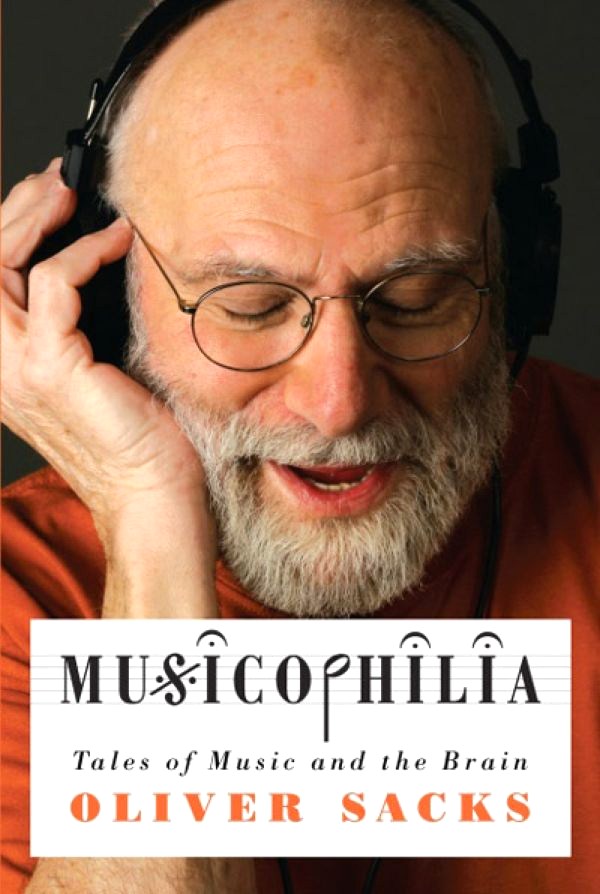
This
advertisement was published by Volkswagen. Volkswagen is a well-known,
prestigious car company with a good reputation. Therefore, the
advertisement does not have to do much to establish ethos, since
Volkswagen already has automatic ethos as a maker of good cars. The
advertisement was made to advertise the “park assist” feature in the
Volkswagen cars. It does this by humorously comparing the ability of the
car to a hedgehog and bags of goldfish. This humor appeals to pathos
and catches the viewer’s attention. The use specifically of the hedgehog
and the bags of goldfish emphasize the importance of the feature of the
car to park accurately (it is implied that if the hedgehog is the
slightest bit off from where it is “parked”, then it will pop the fish
bag and the fish will die). The simplicity of the white background draws
attention to the hedgehog and the fish (specifically the hedgehog since
it is the one different object in the advertisement). Additionally,
attention is drawn to the animals with the words being very small and
out of the way (they are just on the bottom right corner, as opposed to
being large in the center). However, the words are also very simple,
only saying “Precision Parking,” as opposed to describing thoroughly how
the hedgehog needs to be in the right place or else, etc. As a result,
the words contribute slightly to the humor as well as give context to
the importance of the hedgehog being in the right place (for example,
one might just view the image as a hedgehog and some fish and be
confused about why the car company is showing this picture). Therefore,
the words provide context to the ability of the car that Volkswagen is
advertising. The viewer is likely to be inclined to buy the car because
of its amazing parking feature, as portrayed through the animals in the
advertisement.







